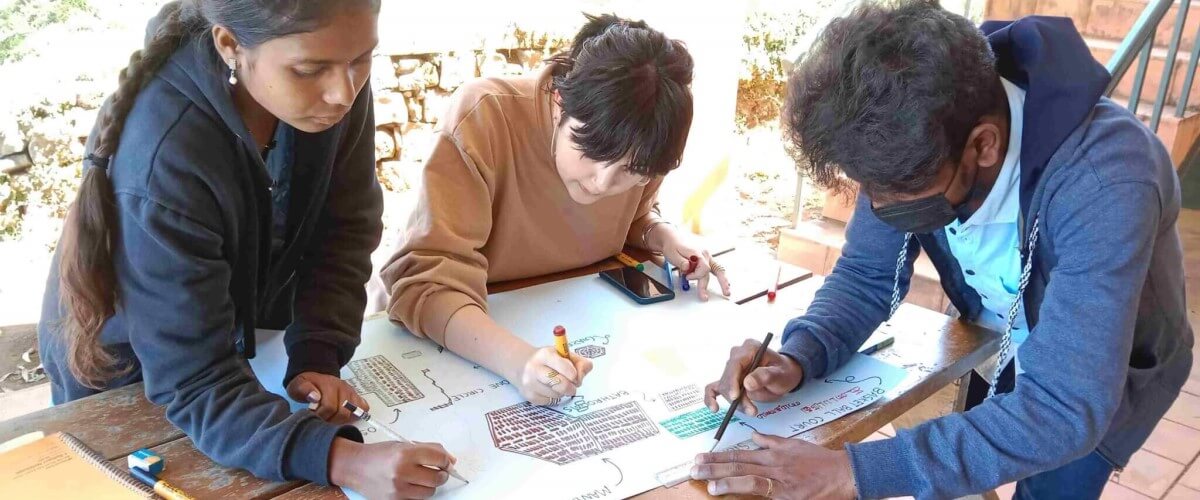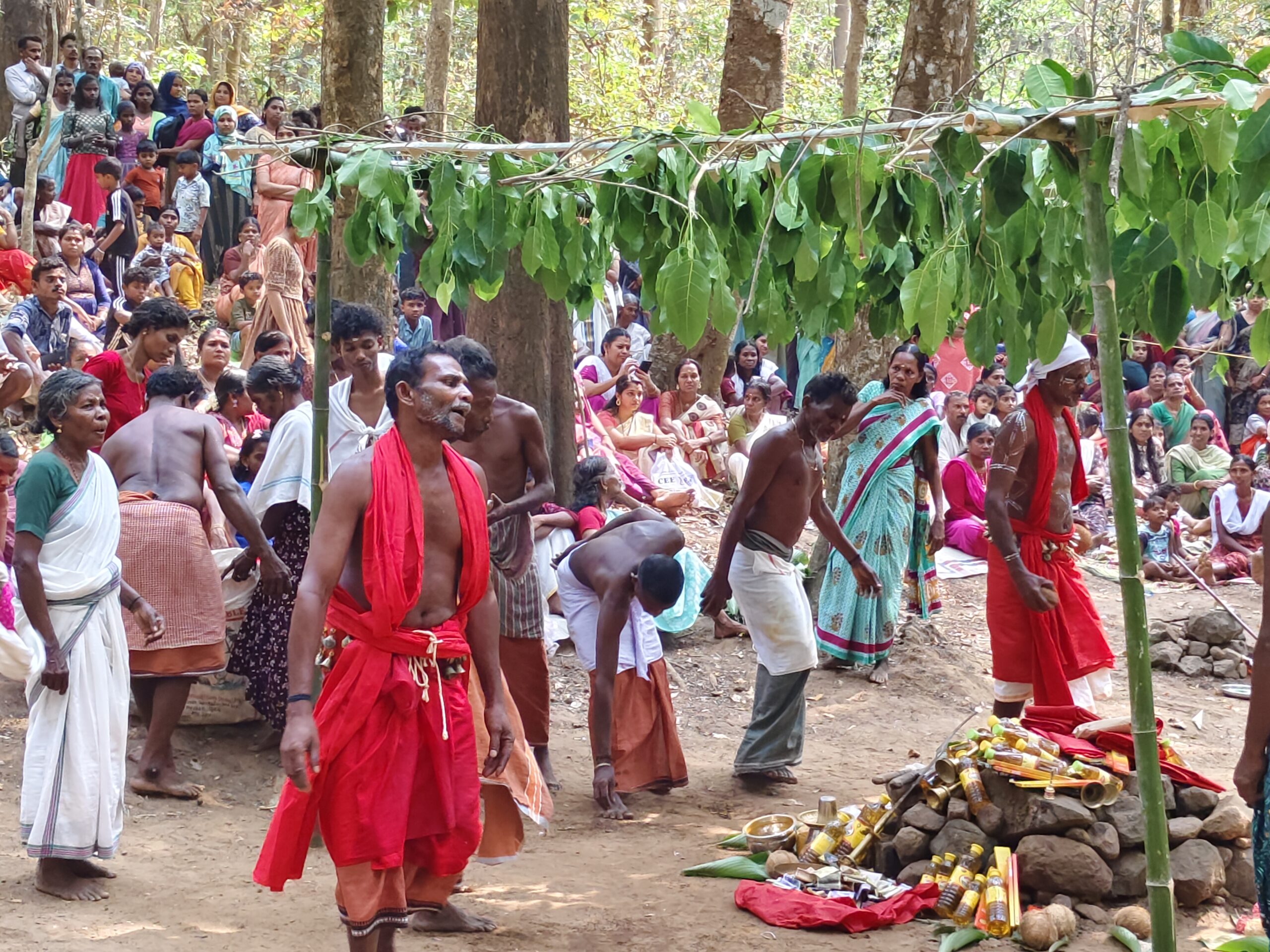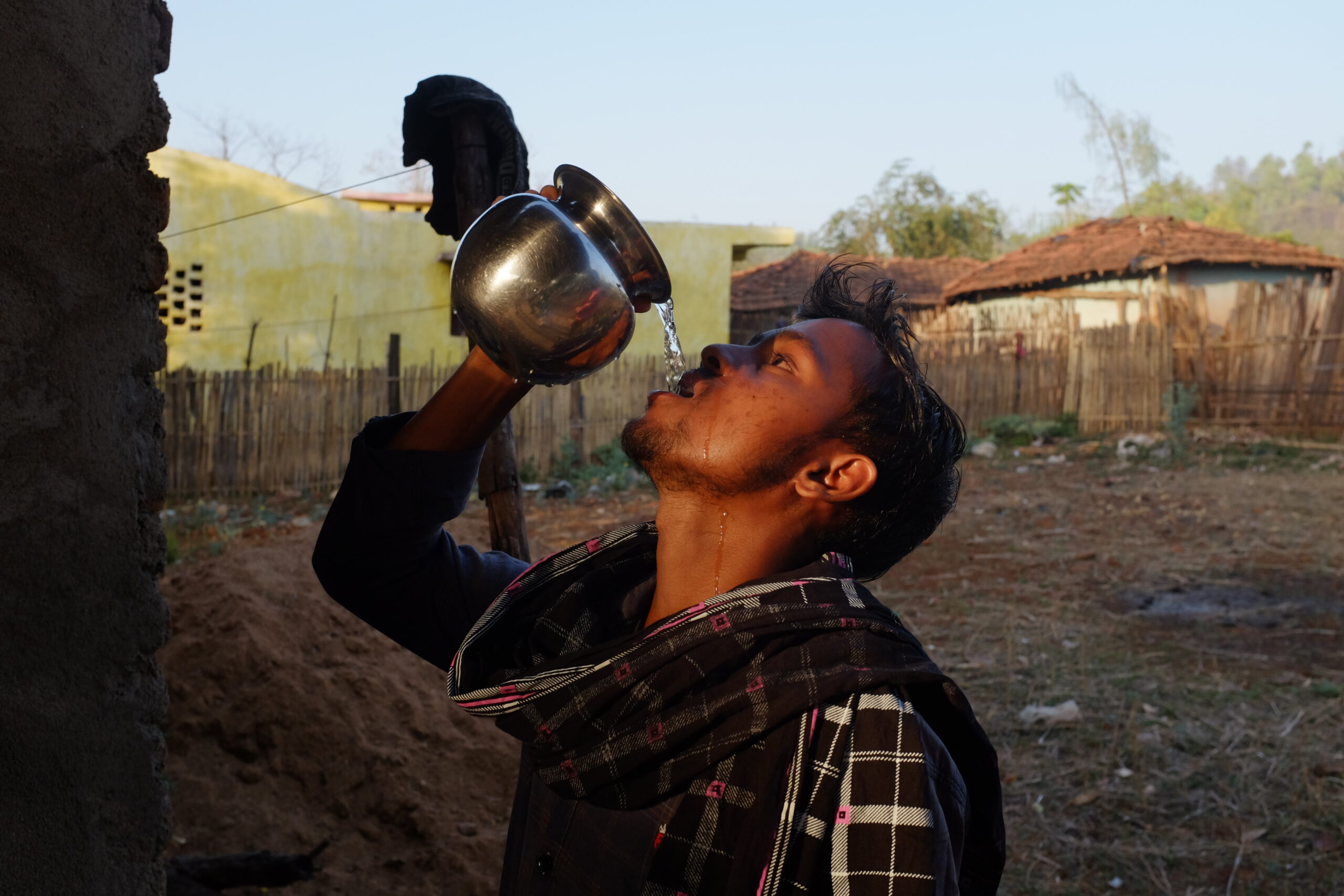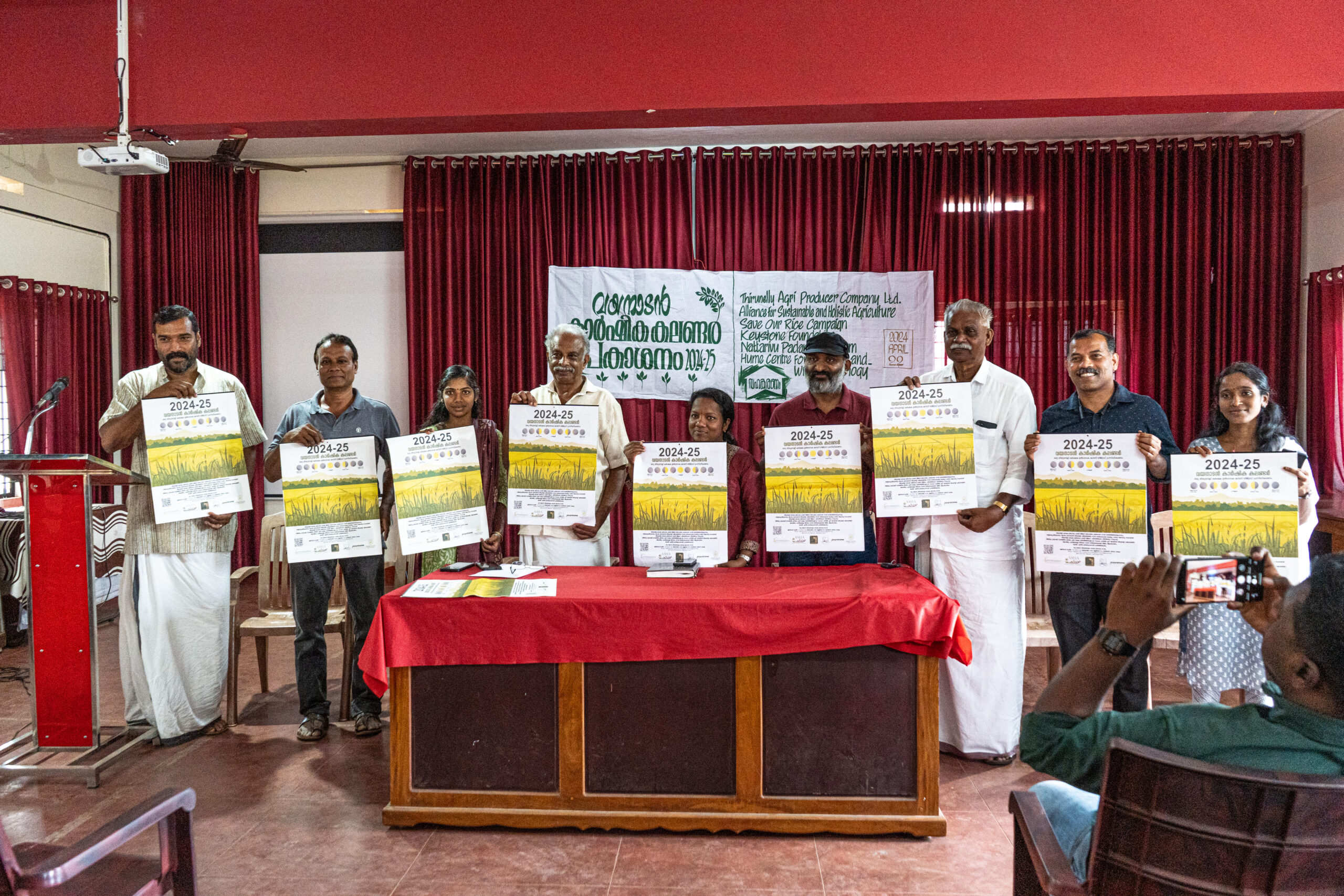Week 5 of the NFLC program was packed with two complex and extremely important topics: governance, and trade & markets. The week kicked off with a cross boundary exercise which involved students reflecting on their own lives in terms of what governs and influences them. Answers to this question were varied and ranged from values such as accountability and mutuality, to self-governance as well as issues such as fossil fuel use, politics, communities, and surveillance. These reflections became a discussion on privacy, official governmental procedures and certificates and elections and the knowledge gaps and distance that often exists between the people and government offices.
This set the stage for the following session introducing governance, starting from the village and making way up to the state. This session began with student’s home addresses, which made the government structure both personal and tangible. Through this exercise, a base was created for the more theoretical divisions and structures within the Indian government, for example the executive, judicial, and legislative administrative structures; state, union, and concurrent divisions and what falls within them, as well as the roles of the collector, panchayat, divisional officers, etc. In this section, students reflected on their own knowledge of their villages and discussed the differences between village and town panchayats and how they came to be.
Following sessions focused on governance and the Forest Rights Act, delving into the positions that it includes and the structure (who is above who). Here, the nitty gritty structural aspects were balanced with stories about the formation of town and village panchayats, drawing upon the variations between rural and urban areas. The following cross boundary exercise took students to the Kotagiri bus stand, where they observed the bustle of people, and their surroundings. When students shared their observations, it gave light to the different ways and means of observing, as one area was interpreted and perceived so differently by every student. Next, all the theory students learned about governance was put into practice with visits to two women in tribal leadership in Coonoor, and Pillur. These visits to panchayat offices gave students the chance to listen to their stories and ask questions about their obstacles (waste management, politics, etc.).
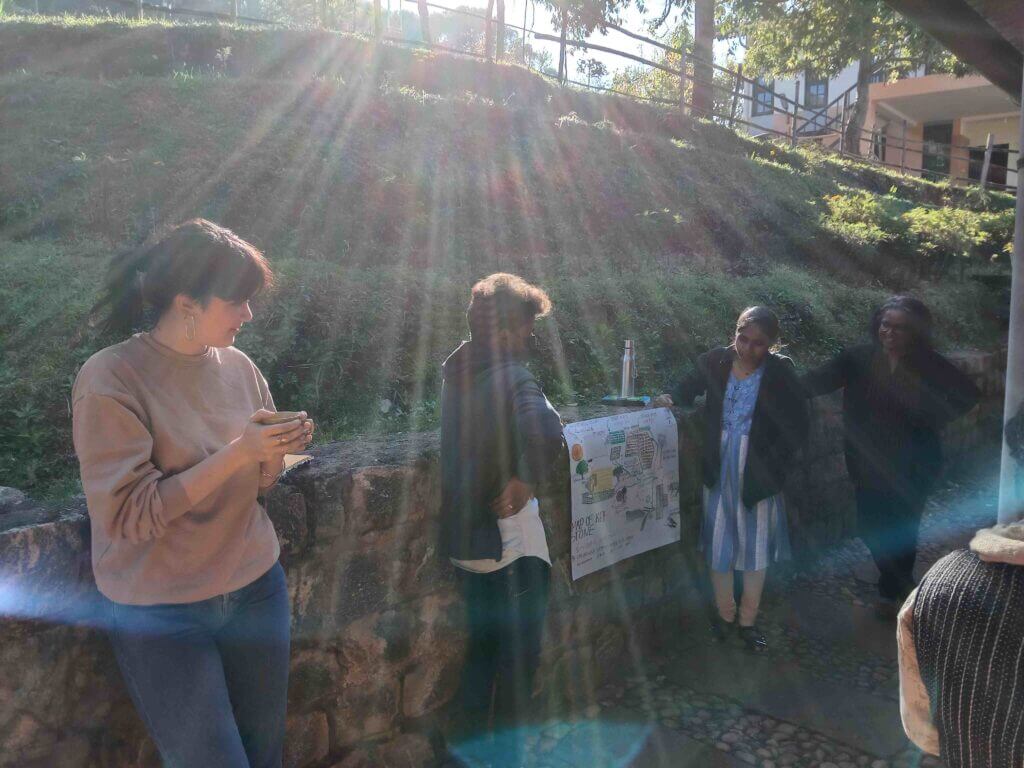
After a packed three days on governance, students switched gears and explored the world of markets with Last Forest Enterprises. This section of the week began with LFE’s origin story, bridging the gap between indigenous communities and markets, assessing value systems and summarizing their goals as an initiative. Next, students learned about bees (their honeycombs, where they are found), and honey (how it is harvested, the practices and traditions surrounding honey hunting, different flavours, and how LFE produces it). The next morning’s CBE involved a hands-on experience with different measurement forms (for garlands, vegetables, oil, grains, and string) from the past to the present. Students interacted about which measurement methods they had learned from their families, using the hands and arms, as is still done today for saris and garlands. The next section was on social enterprise and what makes LFE such a unique organization. Students then learned about branding and communication with customers (the four crucial steps: discovery, intent, conversion, and loyalty.) This topic culminated in a visit to LFE’s green shop in Kotagiri, where students saw an example of customer relationships where a loyal customer spoke to them about how they started buying from LFE, and why they think it’s such a special enterprise.
-Shakuntala Ramnath

